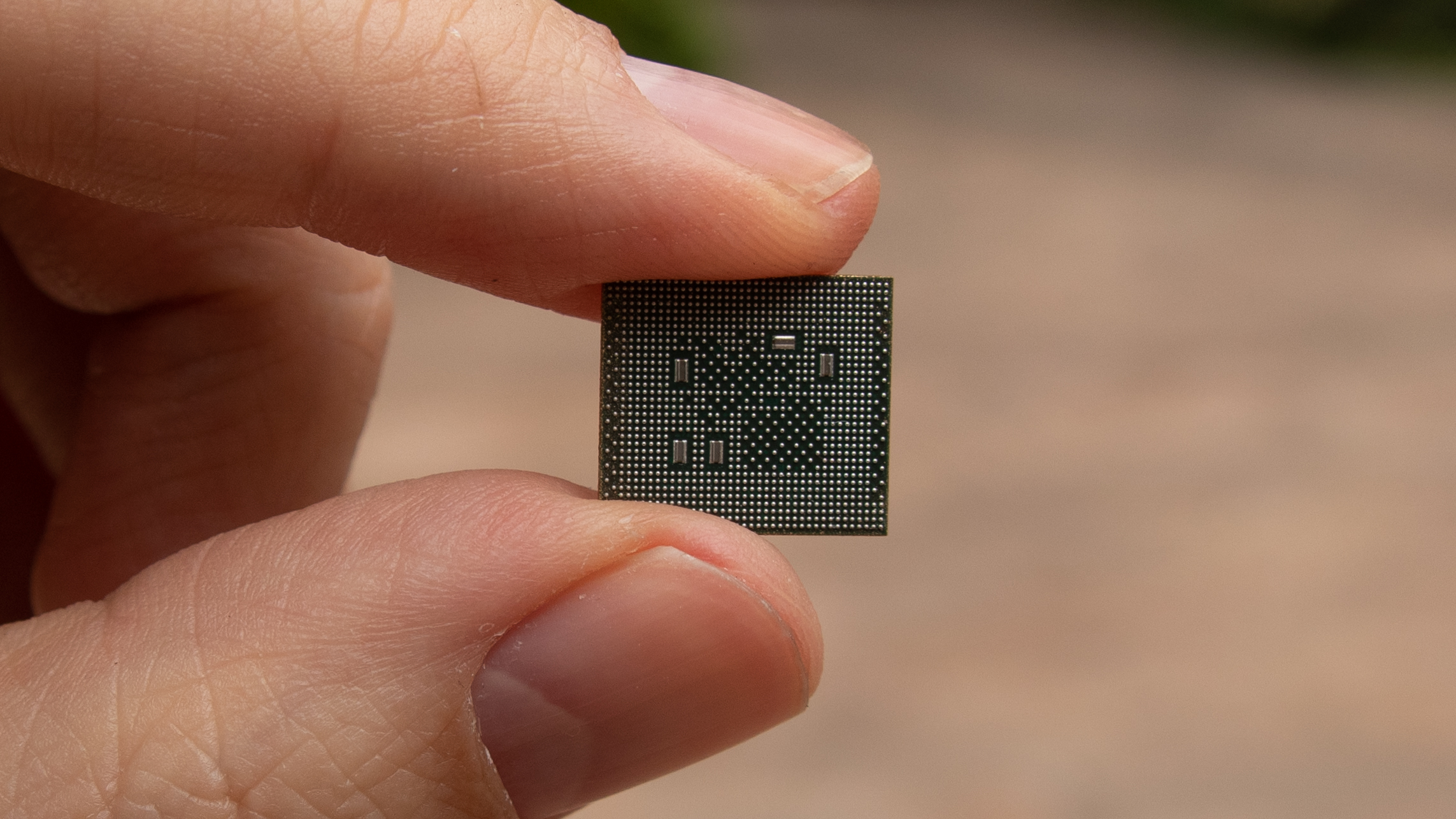How Does A 5nm Chipset Processor Work?
A 5nm chipset processor is a type of semiconductor chip that is manufactured using advanced process technology with a minimum feature size of 5 nanometers. This makes it one of the most advanced processors currently available on the market, with a level of performance and energy efficiency that is unmatched by previous generations of chips.
To understand how a 5nm chipset processor works, it is helpful to break down the various components and processes involved in its operation. Here are the key components of a 5nm chipset processor and how they work together:
Transistors
The primary building block of a 5nm chipset processor is the transistor. A transistor is a tiny switch that can be turned on or off, allowing it to represent a binary value of 0 or 1, which is the basic unit of digital information.
In a 5nm chipset processor, transistors are extremely small and densely packed. They are made using advanced techniques like extreme ultraviolet lithography (EUV), which allows for precise placement of the individual components that make up the transistor. This results in a much higher density of transistors per unit area, which is one of the key factors that allows a 5nm chipset processor to deliver high performance and energy efficiency.
Logic gates
Transistors are used to create logic gates, which are the fundamental building blocks of digital circuits. These gates perform logical operations, such as AND, OR, and NOT. By combining these gates in different ways, complex circuits can be created that can perform a wide range of operations.
In a 5nm chipset processor, logic gates are used to perform basic arithmetic and logical operations, such as addition, subtraction, multiplication, and division. These operations are combined in various ways to create more complex operations, such as matrix multiplication and encryption/decryption.
Processing units
In a 5nm chipset processor, there are several different processing units, each with a specific function. For example, there may be a CPU (central processing unit) for general-purpose computing tasks, a GPU (graphics processing unit) for handling graphics-intensive applications, and an AI (artificial intelligence) accelerator for running machine learning algorithms.
Each processing unit is designed to perform a specific type of computation more efficiently than the general-purpose logic gates. For example, a GPU is optimized for performing matrix operations used in graphics rendering, while an AI accelerator is optimized for performing matrix operations used in machine learning algorithms.
Memory
A 5nm chipset processor also includes various types of memory, including SRAM (static random access memory) and DRAM (dynamic random access memory). These memory types are used for storing data and instructions that are needed by the processing units.
SRAM is used for storing small amounts of data that need to be accessed quickly, such as the values of variables used in a program. DRAM is used for storing larger amounts of data, such as the contents of an image or a video.
Interconnects
Interconnects are the wires and other components that connect the various parts of the chipset together. In a 5nm chipset processor, these interconnects are also very small and densely packed, allowing for high-speed communication between different parts of the chip.
The design of the interconnects is critical to the overall performance and energy efficiency of the processor. If the interconnects are too long or too narrow, they can introduce delays and increase the amount of energy required to transmit data between different parts of the chip.
Overall, a 5nm chipset processor is a highly complex and advanced piece of technology that uses cutting-edge manufacturing techniques and design principles to deliver high performance and energy efficiency. Here are some of the key benefits of a 5nm chipset processor:
1) High performance: A 5nm chipset processor can deliver extremely high levels of performance thanks to the high density of transistors and the use of specialized processing units like GPUs and AI accelerators. This makes it ideal for demanding applications like gaming, video editing, and machine learning.
2) Energy efficiency: Despite its high performance, a 5nm chipset processor is also very energy-efficient, thanks to the use of advanced manufacturing techniques and the optimization of the design. This can result in longer battery life for mobile devices and lower energy bills for data centers.
3) Compact size: The small size of a 5nm chipset processor allows it to be used in a wide range of devices, from smartphones to supercomputers. It also allows for more compact designs, which can be particularly useful in devices like wearables or Internet of Things (IoT) devices.
4) Future-proofing: By using the most advanced manufacturing techniques available, a 5nm chipset processor is also more future-proof than previous generations of chips. As more demanding applications and technologies emerge, the high performance and energy efficiency of a 5nm chipset processor will allow it to continue to deliver excellent performance.
However, there are also some challenges associated with the development and use of 5nm chipset processors. One of the main challenges is the high cost of developing and manufacturing these chips, which requires significant investments in research and development, as well as specialized equipment and facilities.
Another challenge is the potential for increased complexity and the risk of manufacturing defects due to the extremely small size of the transistors and other components. This requires a high level of precision and quality control throughout the manufacturing process to ensure that the chips are free from defects.
In conclusion, a 5nm chipset processor is a highly advanced and complex piece of technology that represents the cutting edge of semiconductor design and manufacturing. By leveraging advanced techniques like EUV lithography and specialized processing units like GPUs and AI accelerators, a 5nm chipset processor can deliver unprecedented levels of performance and energy efficiency, making it ideal for a wide range of applications. While there are challenges associated with the development and use of these chips, the benefits they provide make them a critical component of modern computing technology.


No comments: